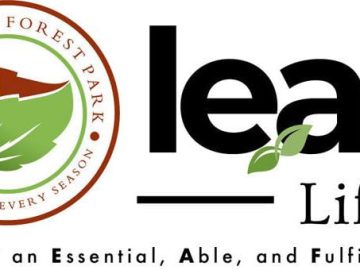“We did it!” said the wife of a man who had just died at home. She was talking with friends with whom she had kept in daily touch while helping to care for her husband of 50 years. She, however, was not the primary caregiver, she found it too upsetting. Her sister-in-law, the man’s sister along with her son did the hands-on care. Many families want their loved one to die at home and to be the ones to provide the care, and more and more dying people expect it; but, the reality of this care is often physically and emotionally daunting. Beginning with Medicare in 1982, hospice care has become a covered benefit for state Medicaid programs and most private insurance policies. Hospice is often a necessary support for keeping someone at home to die because it provides nursing advice and visits, health care aids for several hours a week, and a range of allied health supports such as social work, physical therapy and occupational therapy along with access to spiritual support. Although planned home visits by a nurse are limited, an RN is available by phone 24/7 to discusses changes in the dying person’s condition when they occur and may visit in urgent situations. Ideally, this access will avoid hospital visits for a frail person but provides medical care to keep the person comfortable. While routine nursing, hospice aid, social work, chaplain and volunteer visits can be helpful, family caregivers often find it is not enough. Caring for someone dying at home is a challenging undertaking. Without sufficient support either informal or paid, it can have an enduring impact on the caregiver (Anderson et al. 2019, Jadalla et al. 2020).
And yet, as the baby boomers age and their deaths approach, more and more expect this care. Since 2016 more deaths have occurred in the home than inpatient settings and this number is growing. Advances in medical care, technology, and pharmacology have made home death feasible and increased the preference of the home as a site for death to occur; and, baby boomers are likely to prefer receiving end-of-life care in their own homes. There are several reasons for this. Baby boomers are known for valuing independence and autonomy; and, many will prefer to remain in their own home surrounded by their belongings and family while they are dying. They also value quality of life and believe remaining at home will provide better quality and allow them to live in line with their beliefs and preferences more than being cared for in the institutional setting of a hospital or skilled nursing facility. As a generational group, baby boomers tend to have strong family support networks that can provide the care needed to help someone die at home. A home death allows family and friends to be part of this process and to tailor it to be aligned with their lifelong practices and values. The engagement of family and friends can also provide support and solace for the main caregivers. Finally, a home death may be more cost effective as the caregiver can draw on family and friends to provide uncompensated care; however, if informal support is not available, this care may have to be paid for out-of-pocket.
The trend of preferring home death has influenced healthcare practices and policies, leading to increased support for home-based care services and resources to ensure that individuals can experience a dignified and comfortable death.
While there are many benefits to home deaths, it’s important to ensure that proper support and resources are in place to provide quality end-of-life care and prevent caregiver burnout. Families may find they need extra support beyond hospice such as from hired caregivers, extended family and friends, or other community resources such as their religious organizations or local Area Agencies on Aging. Collaboration with healthcare providers, hospice teams, and support services can help ensure a dignified and comfortable experience for individuals choosing home-based care.
Andrea Sankar is Professor Emerita of Medical Anthropology at Wayne State University and past editor of Medical Anthropology Quarterly. Her research examines how values, meanings, relationships and practices of care, for the self, for others, for the community, and for the environment, influence the health and well-being of individuals and communities. She seeks to understand the basic elements of care, the sense of the person, sociality, embodiment, instrumentality, and role of economic structures in its enactment.
CM Cassady, LMSW is a PhD candidate in social work and anthropology at Wayne State University who has worked with chronically ill and dying persons in California, Oregon, and Michigan.
Andersen, N. I., Nielsen, C. I., Danbjørg, D. B., Møller, P. K., & Brochstedt, K. D. (2019). “Caregivers’ need for support in an outpatient cancer setting.” Oncology Nursing Forum 46(6): 757-67.
Jadalla, A., Page, M., Ginex, P., Coleman, M., Vrabel, M., & Bevans, M. (2020). “Family caregiver strain and burden: a systematic review of evidence-based interventions when caring for patients with cancer.” Clinical Journal of Oncology Nursing 24(1).





